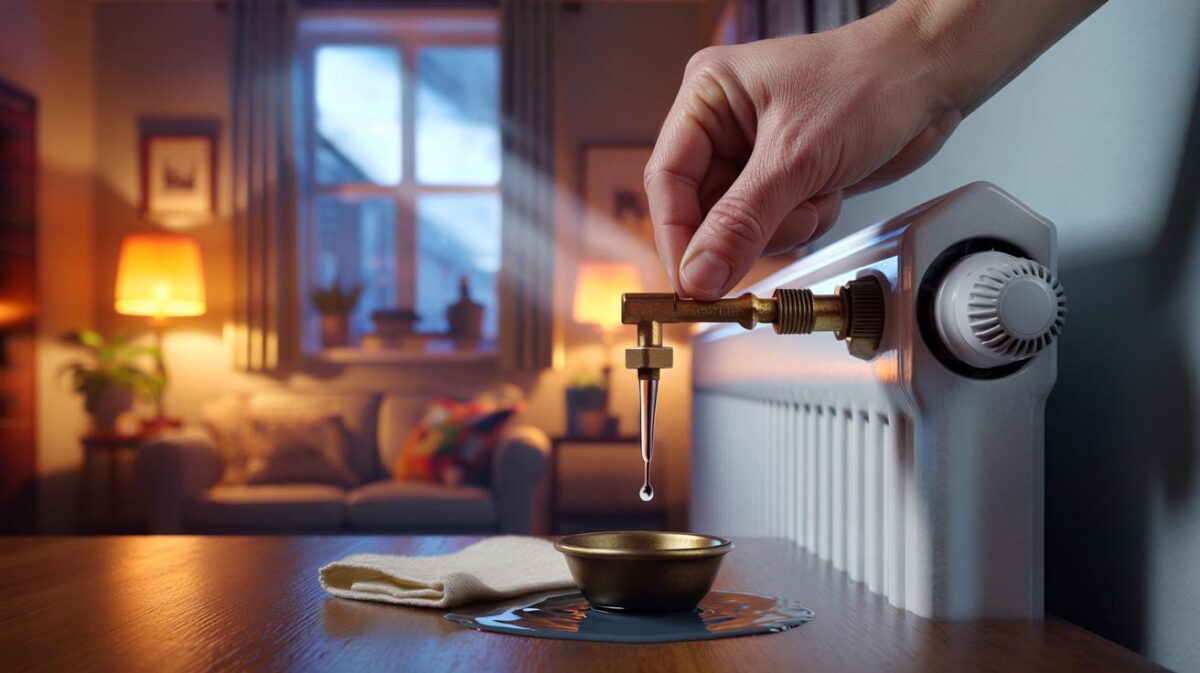A month goes by, and your fringe barely blinks. It’s not that your hair isn’t growing — it’s that it’s not keeping what it grows. Stylists see this every week and quietly nudge clients into a rhythm that makes hair appear to grow faster. The trick isn’t magic. It’s routine, done right.
I was early at a London salon, watching a junior stylist brush a client’s hair as if tuning a violin. Steam from the kettle drifted through the room, the faint smell of citrus shampoo hanging in the air. Across the mirrors, you could spot the impatient ones: hand on phone, eyes on ends that simply refuse to lengthen. We’ve all had that moment when the ponytail feels stuck at the same notch on our backs, month after month.
The senior stylist leaned in and didn’t sell a miracle product. She described a sequence — a handful of minutes per day, a few tiny changes per week — that preserves length and coaxes growth. It felt like the scalp finally exhaled. And then she whispered one number: twenty-five.
Why “25% faster” isn’t a fantasy — it’s length you stop losing
Your hair already grows — on average — about 1 to 1.25 centimetres per month. The problem is breakage and shedding cutting into that number. If you protect the fibre, you keep more of what your scalp produces. That’s the stylist’s angle. They teach “fast growth” by reducing loss, not rewriting biology. This isn’t magic. It’s mechanics.
One salon owner told me their clients who follow a simple routine often gain roughly an extra quarter centimetre retained per month. That’s the “25%” bit. It’s not a lab in white coats; it’s consistent care that stacks up. A 4-minute daily scalp massage was linked in small studies to thicker hair over months, and clients notice fewer snapped ends once heat is dialled down. Numbers vary by person, diet and stress, yet the pattern shows up again and again in chairs across the country.
Think of hair like a fabric you wear all day. Friction, heat, harsh detergents and tight bands act like sandpaper. Your follicles push out new length, while daily life files it away. A routine that reduces frizz, cushions strands at night, feeds the scalp, and trims on a sensible schedule means your monthly centimetre starts to look more like 1.25. The growth is yours already — the routine is how you keep it.
The stylist-backed routine that stacks micro-gains
Start with the scalp, daily. Spend 3 to 4 minutes massaging with the pads of your fingers, small circles from hairline to crown, then nape. No nails. A pea-sized drop of a diluted rosemary-infused oil twice a week helps glide and may support microcirculation. Shampoo 2 to 4 times weekly depending on your scalp, focusing on roots, letting suds run through ends. Follow with a lightweight conditioner on mid-lengths and tips. Finish with a cool rinse to seal down the cuticle so it reflects light and tangles less.
Heat is your tax. Cut it where you can. Air-dry to 70%, then finish on low heat with a nozzle and a proper heat protectant — the boring bottle that saves you months. Sleep on a silk or satin pillowcase to reduce friction. Keep ponytails soft and low, scrunchies over skinny elastics. Micro-trim every 10 to 12 weeks to remove whisper-thin splits before they ladder up the shaft. Let’s be honest: no one does that every day. Aim for most days, and the graph still tilts.
One colourist put it simply:
“We don’t grow hair faster. We help you stop breaking what you’ve already grown.”
To keep track, set a tiny checklist in your notes app and snap a monthly photo against the same T-shirt. The human eye forgets. The camera doesn’t. For quick wins, think of this mini “box” you can save:
- Scalp massage 4 minutes daily
- Low-heat styling with heat protection
- Silk pillowcase and soft ties
- Micro-trim every 10–12 weeks
- Protein/moisture balance in care
Food, rhythm, and the mindset that actually sticks
Hair is built from protein, so your plate counts. Aim for steady protein across meals, plus iron, zinc, and omega-3s from real food where you can — eggs, beans, leafy greens, salmon or flax. If you’re vegan or low on energy, speak to your GP about iron and vitamin D checks. Hydration keeps the scalp supple and the lengths less brittle. Small, repeatable habits beat heroic Sunday “hair masks” that gather dust by February.
There’s a numbers game here. Your anagen (growth) phase can last years, but daily stress, tight styles, and crash diets can kick hair into a rest phase sooner. Stylists see the pattern when clients double-book heat tools, wear gym buns that bite, or switch products every week. Keep your kit simple for 90 days. One gentle shampoo, one conditioner, one leave-in, one oil. Then review. Progress looks slow until it doesn’t.
Think of each action as a 2% gain that compounds. A cooler final rinse reduces snagging. A proper detangle from ends upward saves strands. A midweek scalp massage takes less time than scrolling a reel. Consistency isn’t sexy, yet it’s the only lever that holds. Hair loves rhythm. When life gets messy, stay loyal to one or two pillars — massage and heat control — and you’ll keep the line moving.
You might feel like this routine is a lot. It isn’t meant to be heavy. It’s a rhythm you can bend to your mornings and your budget, a sequence your hands start doing without thinking. Ask a friend to try it with you, compare the T-shirt photos in three months, and trade what works. The little wins start to add up. The question becomes how far you want to take it.
| Point clé | Détail | Intérêt pour le lecteur |
|---|---|---|
| Scalp-first approach | Daily 3–4 minute massage, diluted rosemary oil twice weekly | Supports circulation and thicker-looking growth without drastic steps |
| Protect the fibre | Low heat, cool rinse, silk pillowcase, soft ties | Keeps more length each month by reducing breakage |
| Routine cadence | Micro-trim every 10–12 weeks; simple kit for 90 days | Visible progress with fewer products and less hassle |
FAQ :
- Can hair really grow 25% faster?Your follicles grow at their own pace, roughly 1–1.25 cm a month. The “25% faster” claim reflects retained length — cutting breakage and friction so you keep around a quarter more each month.
- When will I see results?Scalp comfort often improves in two weeks. Photographs show clearer length change around weeks 8–12. Trims every 10–12 weeks help that change show up cleanly.
- Does rosemary oil actually work?Small studies and lots of stylist anecdotes suggest benefits for some scalps. Always dilute in a carrier oil and patch test, especially if you have a sensitive scalp or conditions like seborrhoeic dermatitis.
- Should I try minoxidil?It’s a licensed medication for hair loss, not a casual booster. Speak to your GP or a dermatologist to check if it’s right for your situation and to discuss side effects and proper use.
- How often should I wash my hair?Oily or fine hair often likes 3–4 times a week; coarser or curly hair might prefer 1–3. Focus shampoo on roots, condition mid-lengths to ends, and adjust by how your scalp feels, not by a strict rule.








